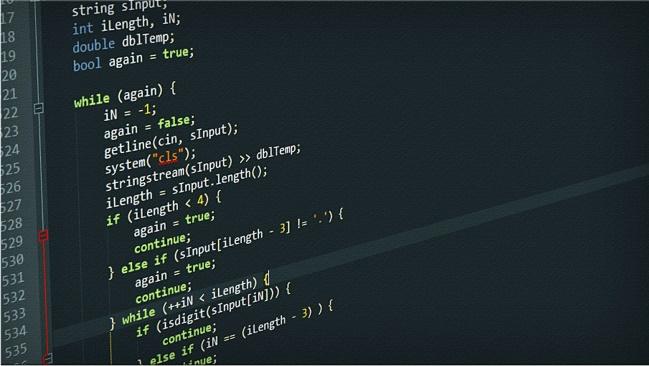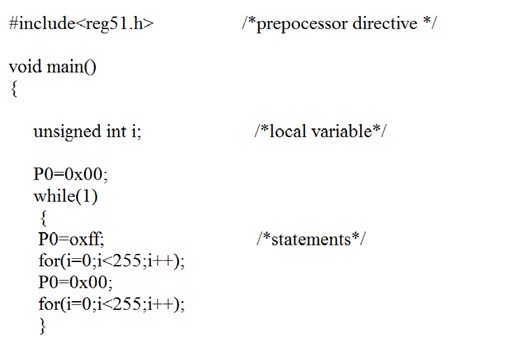Embedded C
WHAT IS EMBEDDED C?
- Embedded C is specifically designed for programming embedded systems, which are resource-constrained, real-time systems.
- It enables direct access to hardware registers and peripherals, allowing precise control over the embedded system’s functionality.
- Embedded C supports real-time programming, ensuring that code responds to events and time constraints with high precision.
- It emphasizes code optimization and efficiency, with features like bit manipulation and inline assembly, to maximize system performance in resource-limited environments.

USE OF EMBEDDED C
- Embedded C is widely used in the development of embedded systems, which are found in various domains such as automotive, aerospace, consumer electronics, industrial automation, and IoT devices.
- It allows developers to write low-level code that directly interfaces with hardware components, such as microcontrollers, sensors, actuators, and communication modules.
- Embedded C is used for implementing real-time functionality in embedded systems, where precise timing and responsiveness are critical, such as in control systems, robotics, and medical devices.
- It enables efficient utilization of system resources, including memory, processing power, and energy, by optimizing code for size and performance. This is crucial in embedded systems, where resources are often limited and need to be carefully managed.
WHAT ARE THE FEATURES OF EMBEDDED C?
Efficient resource utilization – Embedded C emphasizes efficient resource utilization, including memory management and optimization techniques. It provides mechanisms for controlling memory allocation, managing stack and heap usage, and optimizing code size and execution speed.
Real-time programming – Embedded C supports real-time programming by providing mechanisms for handling interrupts, managing task scheduling, and ensuring timely response to events. This enables the development of real-time systems that meet strict timing requirements.


Direct hardware access – Embedded C allows direct access to hardware registers and peripherals, enabling developers to control and interact with the specific hardware components of the embedded system.
Low-level programming – Embedded C supports low-level programming by providing features such as bit manipulation, bitwise operators, and pointer arithmetic. This allows fine-grained control over memory and hardware resources.
Portability – Embedded C is designed to be portable across different hardware platforms. It provides a standard language syntax and libraries that can be used across various embedded systems, facilitating code reuse and portability.
THE BENEFITS OF LEARNING TO CODE WITH EMBEDDED C
Entry into embedded systems development – Embedded systems are ubiquitous in various industries, and learning Embedded C provides a solid foundation for entering this field. It opens up opportunities to work on exciting projects involving IoT devices, robotics, automotive systems, and more.
Understanding low-level programming – Embedded C involves working closely with hardware, enabling you to gain a deep understanding of low-level programming concepts. This knowledge is valuable for optimizing code, debugging hardware-related issues, and developing efficient embedded software.
Versatility across platforms – Embedded C is widely used across different microcontrollers and embedded systems. Mastering this language allows you to work on a range of hardware platforms and easily transition between projects, leveraging your skills in diverse environments.
Real-time and resource-constrained programming – Embedded C equips you with the skills to develop real-time and resource-constrained applications. This is crucial in industries where timing accuracy, responsiveness, and efficient resource utilization are essential, such as aerospace, automotive, and industrial automation.
